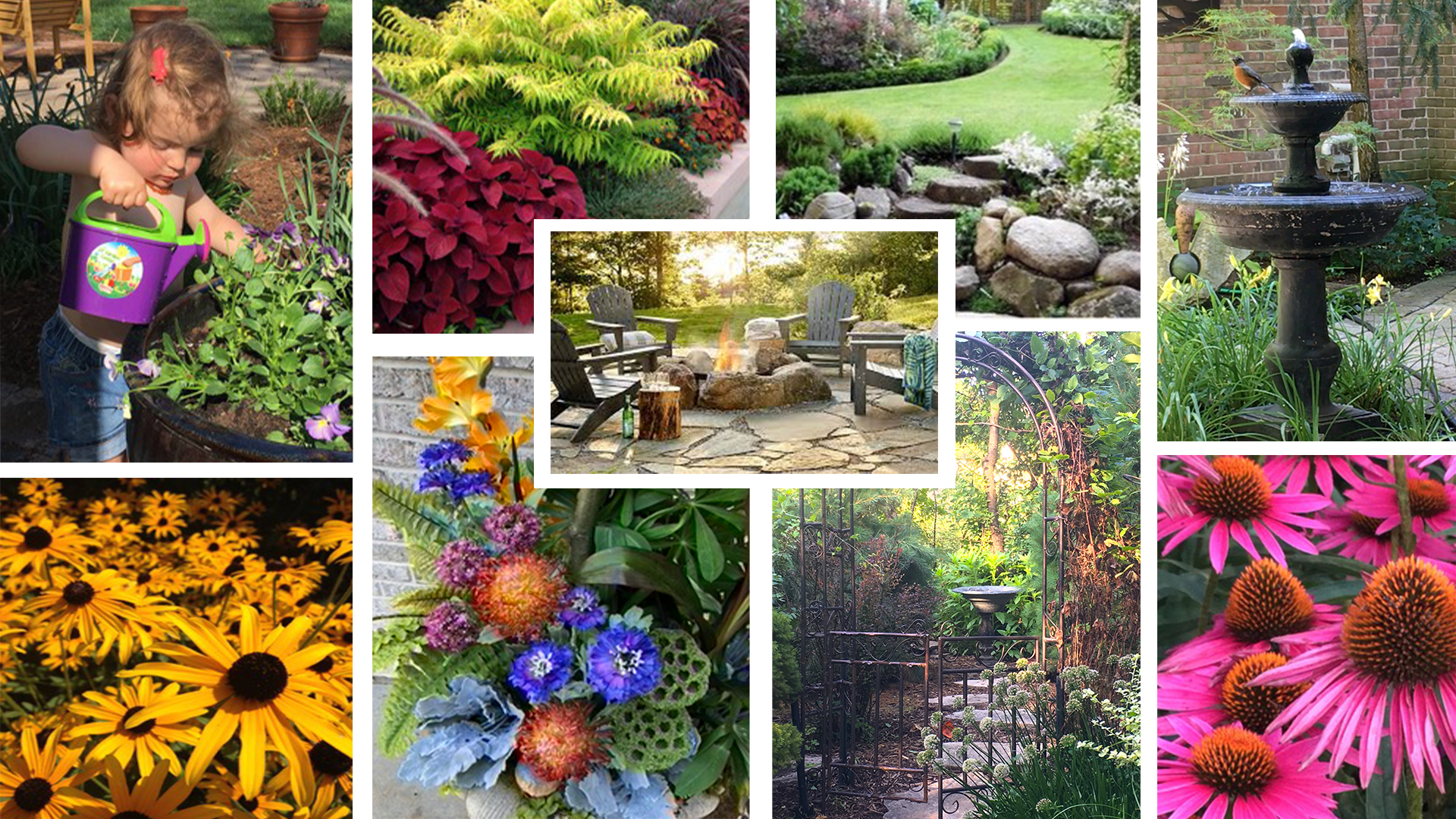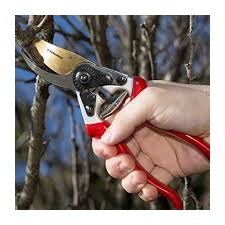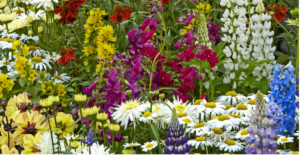HAPPY SUMMER SOLSTICE
2020

Take Time To Enjoy Your Gardens
Gardening can have a positive effect on your health.
A beautiful landscape motivates you to get outdoors and increase your physical activity.
This can improve your mood, relieve stress and anxiety.
Garden With Your Kids!
Family gardening gets kids outside so they can experience the natural world and learn to take care of the earth.
It promotes physical activity and helps to boost their self-esteem. Gardening teaches children an important life skill…patience and the delay of gratification.
It is well documented that playing in the dirt or soil helps to boost their immune system.
A book worth checking out on amazon is “Dirt Is Good: The Advantage of Germs for your Child’s Developing Immune System“
Summer Garden Checklist:
Maintainging a Beautiful, Healthy Eco-Friendly Landscaping
#1 Pruning and Shearing
Pruning
For spring flowering shrubs, remove spent blooms to encourage more blooms the following year. Proper pruning improves flowering and fruiting. This type of pruning should be completed by late July. Pruning promotes new growth that is tender. This new growth needs time to harden off so that is is protected from freezing and drying out in the winter. Also, you don’t want to prune off next year’s flower buds by pruning too late in the season.
Pruning is also used to control the size of plants without destroying their natural form. Be sure to remove dead, damaged and diseased branches. This can be done anytime.
Read about more pruning techniques in our blog here.
Shearing
Shearing is a technique that is used to maintain formal shapes as in hedges (typical used in Boxwoods). This should be done when new growth is complete which is early to mid summer. Shearing will promote new growth and it needs time to harden off before winter. Since Boxwoods and Yews never go entirely dormant, pruning is avoided in winter.
#2 WEEDING
When possible, remove weeds by hand before they seed. If allowed to seed, there will be many more next year.
There are an assortment of hand tools that can help to remove the weeds with the roots, depending on the application.
You can allow some lesser invasive weeds to grow to provide food and shelter for beneficial insects-or- leave part of the garden natural.
Remember that many caterpillars become butterflies!
#3 FERTILIZING
Mid-summer is a good time to fertilize. For shrubs and perennials, use a granular, slow release fertilizer.
For annuals that are in beds or containers, use a water soluble fertilizer throughout the growing season. Annual flowers should be fed on a regular basis.
Follow directions on the product you choose.
#4 REMOVING SPENT BLOOMS
Annuals and Perennials
Removing spent blooms encourages re-blooming and tidies up the plant’s appearance.
Some later blooming perennials have attractive seed heads and can be left alone.
Roses
Removing spent blooms will encourage re-blooming.
Some varieties of roses form rose hips which are attractive and add interest to the fall landscape.
On these types of roses, leave the later season spent flowers to allow the hips to developed.
#5 CONTROLLING & PREVENTING HARMFUL INSECTS
Get To Know Beneficial Insects
- Ladybugs eat aphids, scale, mealybugs and more.
- Praying mantis eat grasshoppers and beetles.
- Garden spiders eat wasps, mosquitoes and beetles.
- Honeybees and bumblebees pollinators and not aggressive.
When possible avoid using systemic insecticides because they do not differentiate between beneficial and harmful insects because this type of insects control makes the plant that’s being treated deadly to all insects.
Adding a water feature will draw the attention of beneficial insects and birds. A simple birdbath with a pump to move the water can work nicely. Read more about the benefits of Pond-less Waterfalls in our blog here.
Add biodiversity to your garden by planting a variety of plants that will attract birds, butterflies and other beneficial creatures.
For Control of Insects
If there are a few insects, hand pick them off the plant. If there are many, use a Neem based Insecticide or Insecticidal soap. These should be applied directly onto the insects.
Japanese beetles feed on plants as an adult but can be effectively controlled at their larval stage (grubs). Grubs in the lawn feed on roots.
An Eco-friendly way to control grubs is to use beneficial nematodes and milky spores.
Cicadas
Cicadas are harmless to humans. For residential landscape, controlling cicadas is not usually recommended. They usually don’t inflict enough damage to the overall health of trees.
The loud noise they make is the male “singing” to the female in preparation for the next mating season.
Natural predators to the Cicada are dogs, cats, raccoons, opossums and skunks.
Read here for more information about pest control.
#6 CONTROLLING & PREVENTING HARMFUL DISEASES
- Provide proper growing conditions so plants stay healthy and vigorous and not stressed.
- Prune to create good airflow.
- Watch moisture levels.
- Keep soil evenly moist by watering from below.
- Remove and dispose of infected leaves.
- Sanitize garden tools.
- Plant diversity.
- Plant resistant varieties.
Read here to find out more about treating plant disease.
#7 WATERING
If it’s dry, give plants that are in the ground an inch of water a week.
Try to water before the temperature rises.
Even watering helps to minimize stress on plants during the summer months.












